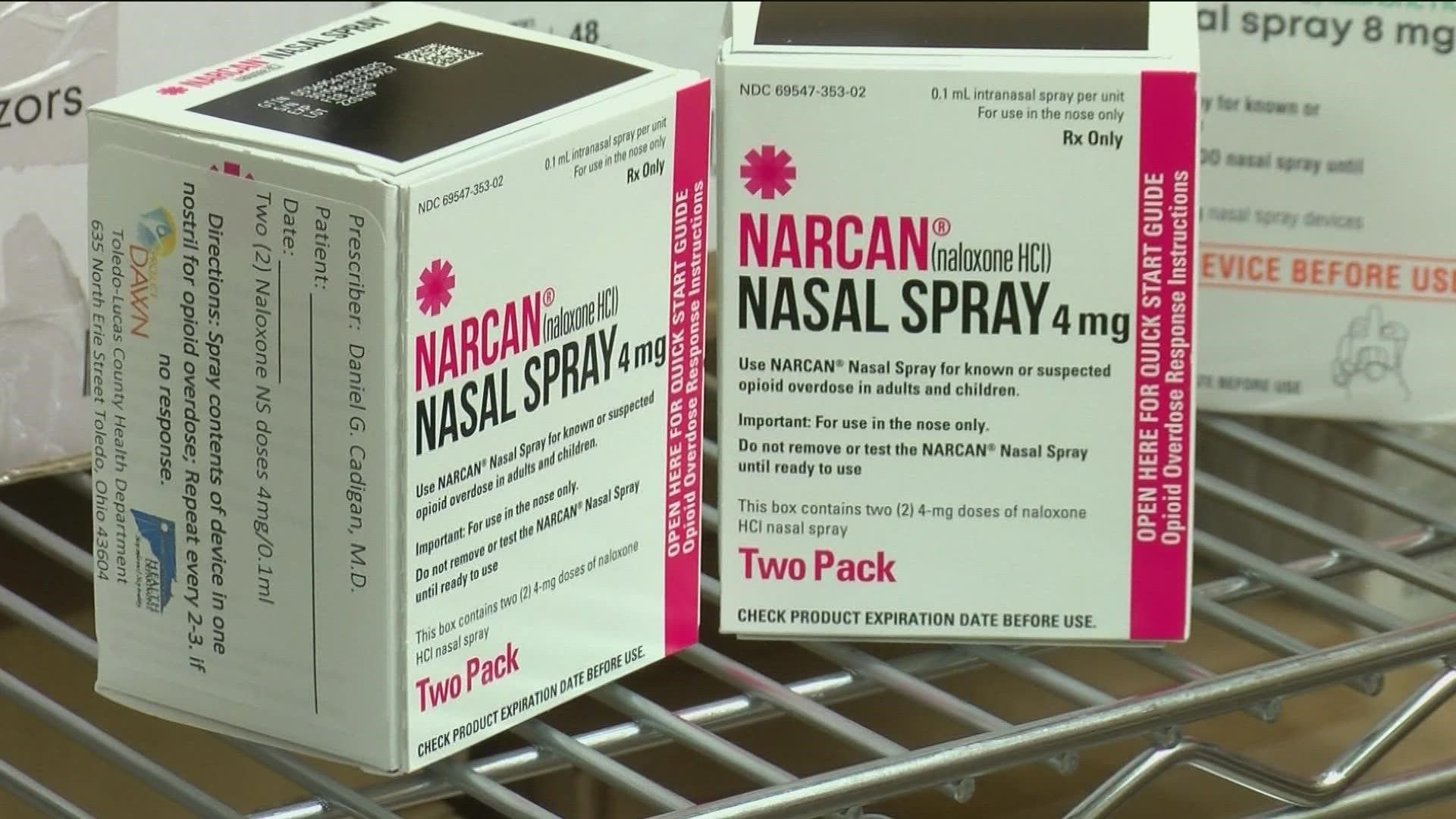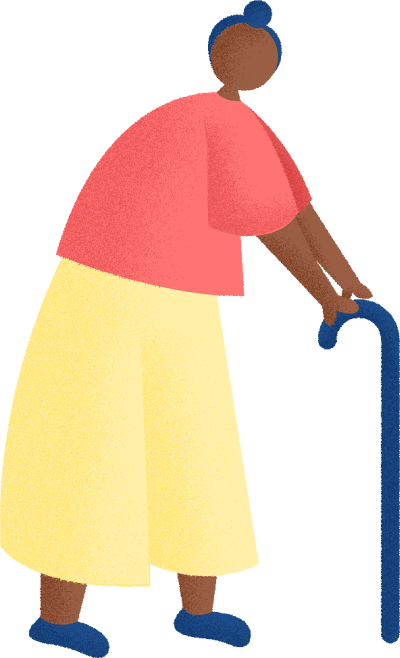Fighting Fentanyl Through Awareness and Access
For the past decade, HarborPath has been serving unmet needs among vulnerable Americans through affordable and accessible healthcare. Whenever we expand our areas of service, our team researches the latest trends, reports and health data. Here’s a statistic we recently came across that should cause all of us concern.
Ken Trogdon —

Over 100,000 Americans died of drug overdoses in 2021 – with at least 66% of those deaths related to synthetic opioids such as fentanyl. Some researchers believe that drug overdoses and poisonings are the leading cause of death for Americans between the ages of 18 and 45.
The numbers of deaths – especially for younger generations – is growing at an alarming rate. UCLA researchers reported earlier this year that the rate of annual overdose deaths among American teenagers nearly doubled from 2010 to 2020.
What I found most interesting about the UCLA report was that the rate of illicit drug use among American teens remained stable over that same time. Given a consistent rate of drug use, how is it possible that adolescent overdose deaths have seen such drastic increases?
The answer is fentanyl – an illicit opioid that is up to 50 times stronger than heroin and 100 times stronger than morphine.
Over the past several years, illegal drug manufacturers and dealers have been lacing counterfeit pills and street drugs with fentanyl to increase potency and addiction. Fentanyl is extremely deadly, with just 2 mg considered a lethal dose. Even a small addition of the illicit opioid to counterfeit versions of Adderall, Xanax, OxyContin or Percocet can have deadly implications. Based on lab testing data, the DEA reports that four out of every ten fake pills with fentanyl contain a potentially lethal dose.
We have seen a united effort by lawmakers, attorney generals, law enforcement, nonprofits and healthcare workers to find solutions to the stop the spread and use of fentanyl. I wrote last month about my experience speaking at the National Association of Attorney Generals on this issue. Now, I’d like to expand on two of my biggest takeaways: the need to increase awareness of this epidemic and provide access to life-saving solutions.
AWARENESS
When I think about how the opioid epidemic has impacted young people and their families, I reflect on the story of Gary Mendell – CEO of the addiction awareness nonprofit Shatterproof. Gary’s son, Brian, battled an addiction that began in high school. Due to the stigma of those fighting addiction, it was difficult for Gary’s family to find the scientific treatment and communal support to help his son.
Brian tragically passed away after almost a decade of addiction, and Gary has since become one of the most vocal advocates for research-backed treatments and prevention programs. Shatterproof has risen to the national platform of spreading awareness on addiction, fighting the stigma of shame and creating a toolkit of resources to find help and hope.
While groups such as Shatterproof raise awareness on drug addiction and recovery, it is also imperative that we continue amplifying messages to parents, teenagers and educators on the growing number of fentanyl-laced drugs in our communities.
Federal organizations like the DEA and National Ad Council are running ongoing campaigns to educate parents and local communities on the changing drug scene - including drug purchases through social media and teens not understanding what is really in fake pills.
Fentanyl is so dangerous to our teenagers and young Americans because of how it is packaged. It is sold as a counterfeit mimicking common counterfeit or street drugs – but with deadly implications. It’s more important than ever to provide parents, schools and communities with important information on illegal drugs – while also recognizing the supportive resources to fighting addiction.
ACCESS
Los Angeles Public Schools – the second largest school district in the country – made headlines in September when it announced a plan to stock all of its schools with Naloxone. Naloxone quickly reverses overdoses by blocking the opioid effects from the brain and has proven to be an effective tool to saving lives. The announcement came after a 15-year-old student died of an overdose in a school bathroom after taking a fake pill laced with fentanyl.
California isn’t the only state providing access to Naloxone to save lives. Rhode Island requires all of its schools to have Naloxone on site. Colleges and universities across West Virginia have been supplied ONEbox emergency rescue kits – complete with Naloxone and built-in instructional video. Colorado has a standing order to make Naloxone available for purchase without a prescription.
As more states receive funding from the opioid settlement cases, many are considering options to make Naloxone available and affordable to individuals and families of those more likely to experience an overdose to have the drug on hand in case of an emergency. These approaches are wide-ranging –including directly delivered packages and public-facing vending machines with free doses.
By making Naloxone accessible and affordable, families and educators have the ability to save the life in the moment of an opioid overdose.
The spread of fentanyl is a new and complicated problem. It will take new and creative solutions to combat this epidemic and save the lives of our children and citizens. By working together to increase awareness to the issue and access to life-saving medicine and treatment – I’m confident we can change the trajectory.



